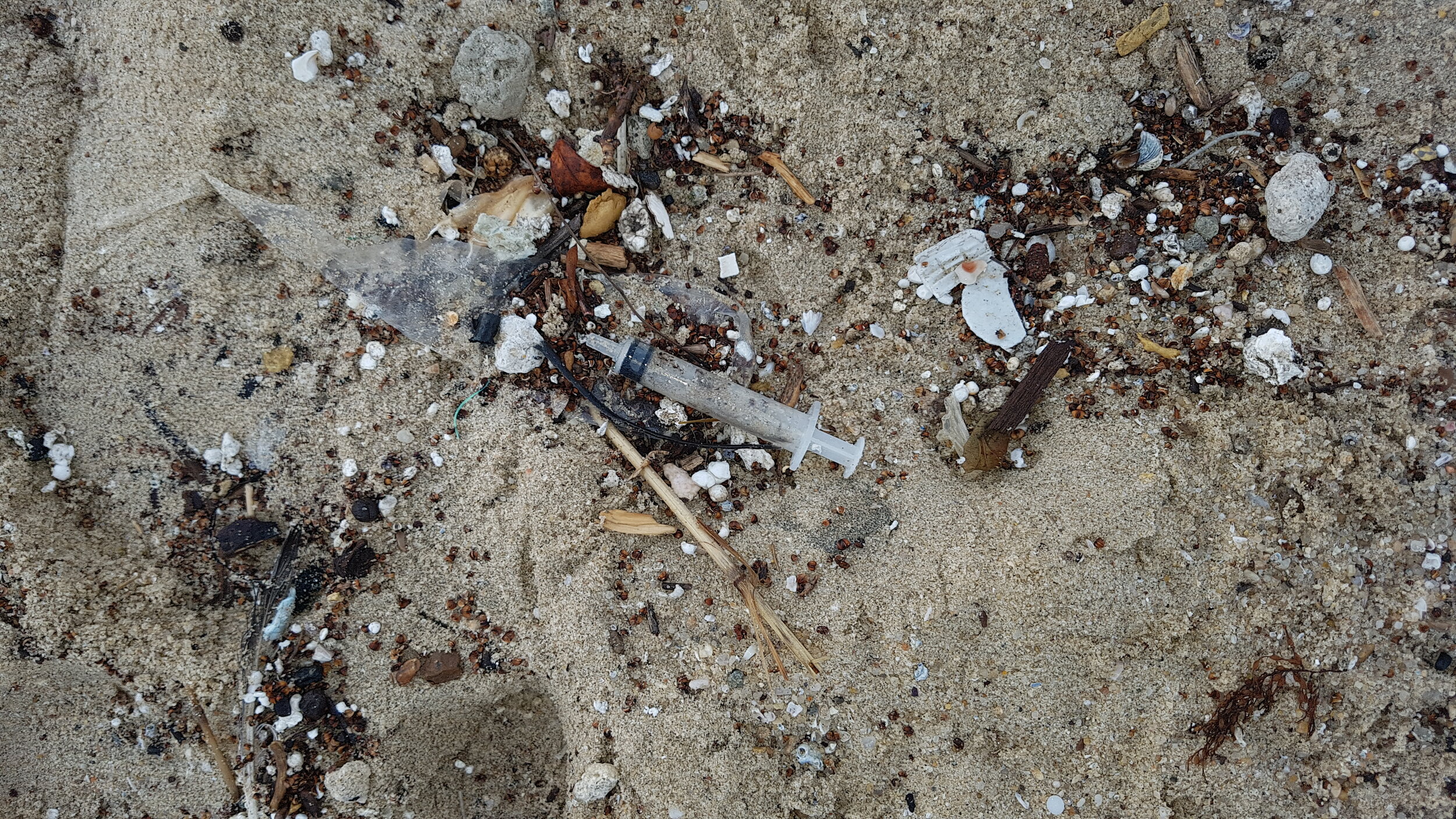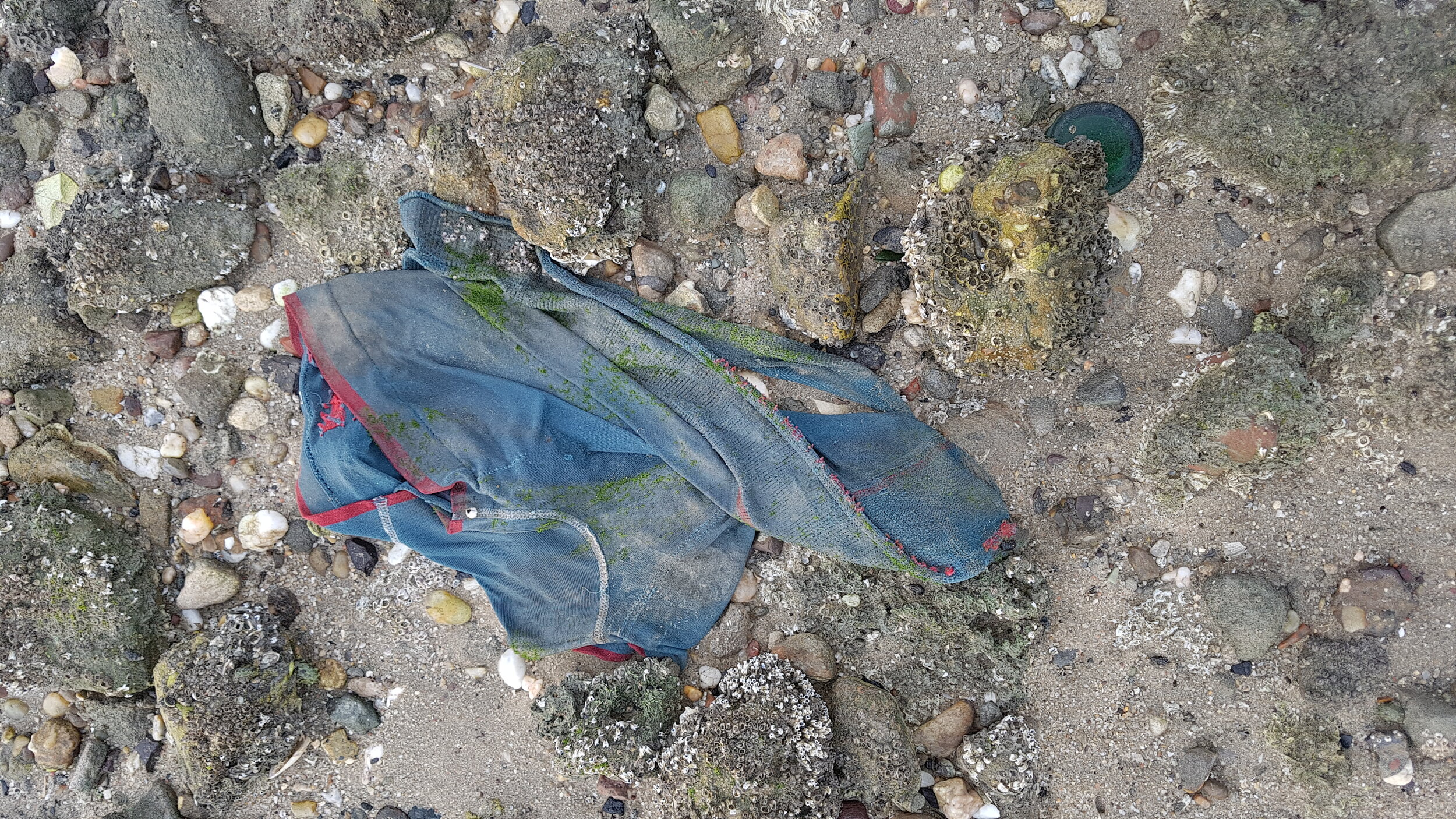
Threats facing the Intertidal zone!
In addition to the harsh habitat of the intertidal zone, intertidal organisms are subject to several ecological problems. These problems are either results of natural phenomena like global warming and sea-level rise or as a result of human activities. These activities include beach recreation, pollution, coastal development, and removal of fauna from the intertidal community.
1. Beach recreation
Nothing like going to the beach to relax, enjoy, swim, and explore the intertidal zone during low tide. In doing so, people sometimes step on animals or destroy their homes. So be careful, watch your step and make sure to turn the rocks back to their position -if you are exploring a rocky shore-. It might be a simple action, but in reality -putting the rocks back-, has a major impact in reducing habitat disturbance. In addition to that, keep the beach clean before you leave, especially from plastic waste.
2. Coastal development
Half of the world's population lives in the coastal area and that adds stress to the coastal habitats. For example, reclamation or removing the rocks and sand from the intertidal zone for coastal development is affecting the intertidal habitat. In addition to the other problem that comes with it like habitat loss, disturbing nesting sites for sea turtles and seabirds, and pollution.
3. Gleaning activities
Gleaning is a technical term used to describe collecting intertidal organisms from the shore. These creatures are playing certain roles in their environment. So, removing them may create an imbalance in intertidal ecosystems. In addition to that, gleaning activities may involve physical damage to the habitat.
4. Pollution
In Kuwait, the oil industry, with all its components (exploration, production, and transporting), is the main stressor for the marine ecosystem. These activities increased the contamination of Kuwaiti waters and introduced chemical pollutants in the coastal environment. Furthermore, desalination, power plants, seaports, and waste outlets act as additional stressors in the coastal marine environment. Not to forget the plastic pollutions and human waste of all kinds and forms!


















